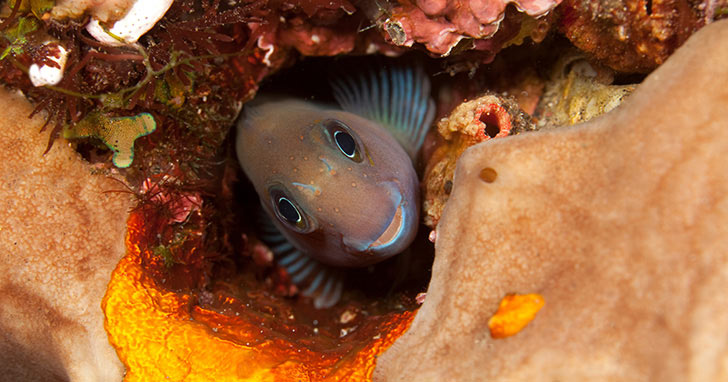I Can’t Find My New Fish - What Do I Do?
After doing research and deciding on which new fish to add to your aquarium, you are excited to view the new addition in your home aquarium. Imagine your disappointment when you do not see your new fish happily swimming around with the others. Whereas your immediate concern may be that it is sick, has died or has been eaten by others, do not let your mind go there first. Most likely your new fish is in hiding. Let us explore some of the reasons it may be hiding and offer suggestions on ways you can give it the support it needs to fully acclimate to its new environment so you can begin to enjoy the value it will add to your freshwater aquarium or marine aquarium. Let us consider some options on locating your new fish without entering the tank. Check that your water parameters match those that your new fish requires. Check the temperature and ammonia, nitrate, and pH levels. Many times, fish will hide as they acclimate to an unfamiliar environment and will venture out to explore once they become comfortable. If your aquarium is in a high traffic area of your home such as in a hallway or where there are doors, the noise and movement they are subject to may cause your new fish to be skittish. While you would not want to move an aquarium right after you have introduced a new fish, it may be something to consider beforehand. If you are having trouble locating your new fish during the day, try doing so at night. Your fish might become more active at night and if you are able to see movement from it during the night, it will give you peace of mind that your fish is alive and well. If your new fish prefers to move at night, you may consider adjusting the lighting in your aquarium if this is a fish you want to be able to see during the day and if it works for the other fish in your aquarium. If your new fish is hiding and you cannot locate it, make sure you are searching from all angles. Check not only from the front, back and sides of your aquarium, but also from the top and bottom. If you have a clear tank bottom, you may see some activity in the substrate or possibly see a new hiding space your new fish has discovered. Some aquarists employ the use of dither fish to draw newcomers out of hiding. Your new fish may gain confidence when they see these fish fearlessly darting about. If you are sure that the new species of fish you added to a community tank is compatible with the other species in your tank, you may be dealing with a fish from a species that is naturally shy, or your individual fish is inherently shy. It could also be gauging the hierarchy in the tank and does not want to venture into another fish’s territory. There is a chance it is scared or is feeling bullied by others. You could try some of the following options to address this by making changes in your tank. If you suspect bullying, you could try rearranging the hardscapes in your tank, so everyone has to claim new territory. This is a drastic approach, as it would cause uncertainty for all the fish until new territories have been claimed and sorted out. But it may help draw your new fish out of hiding as it gains confidence in the territory it has claimed. Another option would be to create more hiding spaces in your tank. If your new fish has two or more places to dart between, they may venture out more often. Adding plants is an easy way to increase the number of hiding spaces in your aquarium. Adding additional hardscapes would be another way. Stacking rocks to create caves or adding driftwood with holes and crevices would also increase the number of hiding spaces. You could try to coax a new fish out of hiding by feeding them some of their favorite food. Feed close to rocks, plants, and other spots you feel they could be hiding. Just be sure not to overfeed. The joy of having an aquarium is that you are able to watch all members of your community tank enjoying their underwater environment. Try to keep in mind that a fish, like any other animal, will hide when it is scared or feels uncomfortable. Knowing some steps you can take to help your new fish ease into its new surrounding can help you give it the confidence to venture out on its own.
Supplies you may be Interested In
|
|||||
|
|






